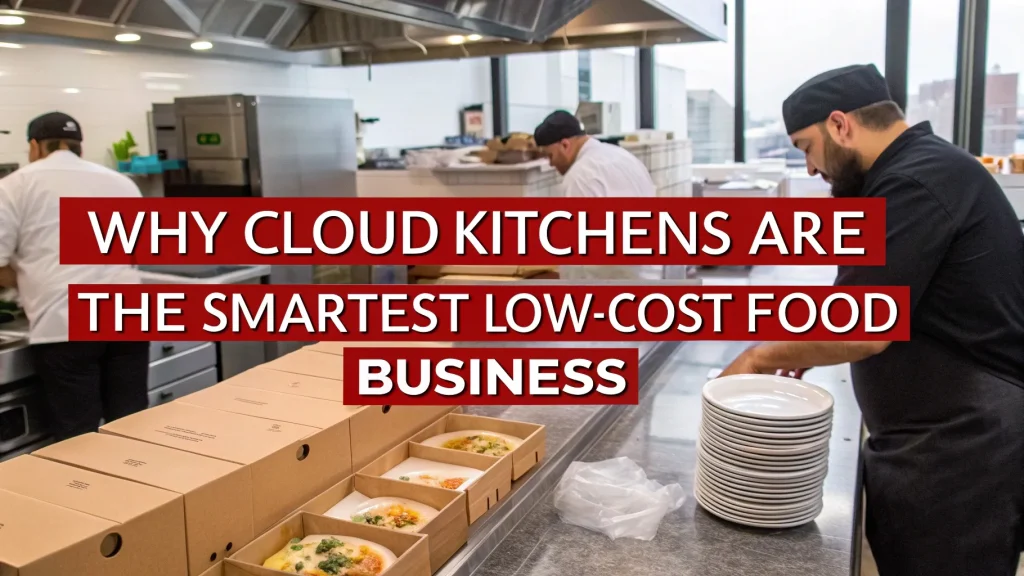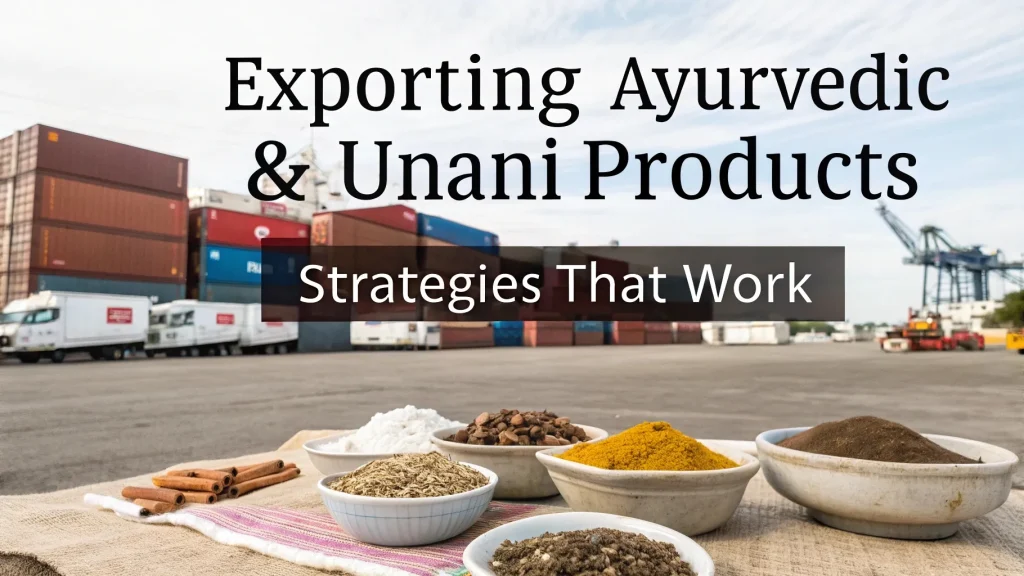Rice bran oil production is steadily emerging as one of the most lucrative agro-based industries, especially when integrated with a rice mill unit. The oil extracted from rice bran, the outer layer of the rice grain, has immense nutritional value and offers a healthy alternative to conventional cooking oils. The growing consumer preference for heart-healthy oils, combined with the ever-rising demand for edible oils, makes this sector particularly attractive. An integrated rice mill not only provides rice to the market but also ensures a continuous supply of rice bran for oil extraction, making the process more economical and efficient.
Understanding the Process of Rice Bran Oil Production
The entire process of rice bran oil production involves a series of coordinated steps beginning with rice milling and ending in refined edible oil. In an integrated setup, the synergy between the rice mill and oil extraction unit ensures optimal use of raw materials, reduces transportation costs, and improves profitability.
1. Rice Milling and Bran Collection:
In the rice mill, paddy is processed into white rice through cleaning, de-husking, and polishing. During the polishing process, rice bran is obtained as a byproduct. This bran, which constitutes around 8–10% of the weight of paddy, is rich in oil content (about 15–20%). To maintain quality, it is essential to stabilize the bran immediately after extraction to prevent the breakdown of oil by enzymes like lipase.
2. Bran Stabilization:
Freshly obtained bran is highly perishable and prone to rancidity. Stabilization, usually done through heat treatment or extrusion, is critical to deactivate lipase enzymes. This ensures the rice bran oil retains its flavor and shelf-life during storage and processing.
3. Oil Extraction Methods:
There are two main methods used in rice bran oil production: mechanical pressing and solvent extraction.
-
Mechanical Pressing: This involves expelling oil using a screw press. It is simple and does not use chemicals, making it suitable for small to medium-scale operations. However, the oil yield is generally lower.
-
Solvent Extraction: In large-scale industries, solvent extraction (typically using hexane) is preferred as it maximizes yield. The bran is treated with the solvent which dissolves the oil, followed by distillation to separate the oil from the solvent.
4. Degumming and Neutralization:
Crude rice bran oil contains phospholipids, free fatty acids, and other impurities. Degumming removes phospholipids using water or acid, while neutralization involves alkali treatment to remove free fatty acids, resulting in neutral oil.
5. Dewaxing and Winterization:
Rice bran oil naturally contains waxes that give it a cloudy appearance at low temperatures. Dewaxing removes these substances to enhance clarity and visual appeal. Winterization is carried out to eliminate high melting point triglycerides and ensure stability under refrigeration.
6. Bleaching and Deodorization:
Bleaching is done using activated clay to remove pigments and traces of metals, improving the oil’s color. Deodorization is a steam-distillation process that removes odors and volatiles, resulting in a bland, neutral oil suited for cooking.
7. Packaging and Distribution:
Once refined, rice bran oil is packed in suitable containers such as PET bottles or tins, labeled, and dispatched for distribution in both domestic and international markets.
Advantages of an Integrated Rice Mill Unit
Integrating rice bran oil production with a rice mill unit brings multiple benefits, both economic and operational:
-
Efficient Resource Utilization: The integration ensures the bran generated during milling is immediately processed, reducing storage needs and preserving oil quality.
-
Increased Profit Margins: Instead of selling bran as cattle feed or low-value byproduct, the value addition through oil extraction significantly enhances revenue.
-
Energy and Cost Savings: Shared infrastructure for electricity, labor, and logistics leads to operational cost reduction.
-
Scalability: Modular integration allows businesses to expand both rice milling and oil production based on market demand.
-
Environmental Benefits: Efficient waste management and reduced transportation contribute to lower carbon emissions and environmental sustainability.
Market Demand and Opportunities
The rice bran oil production sector is witnessing robust growth, particularly in countries like India, China, and Japan. India alone produces over 9 million tonnes of rice bran annually, out of which only a fraction is processed into oil. This presents a vast untapped potential. The Indian government also supports rice bran oil as a healthy cooking option, with various incentives for setting up integrated agro-processing units.
Apart from edible use, rice bran oil finds applications in:
-
Cosmetics Industry: Thanks to its antioxidant properties and vitamin E content, rice bran oil is used in skin care and hair products.
-
Nutraceuticals: Gamma-oryzanol, a key compound in rice bran oil, is used as a supplement to manage cholesterol levels.
-
Animal Feed and Biodiesel: De-oiled rice bran is used in animal feed, while the oil can also be processed into biodiesel.
Key Considerations for Setting Up a Plant
To successfully establish an integrated rice bran oil production unit, consider the following:
-
Location: Choose a region with abundant paddy production to ensure steady raw material supply.
-
Technology and Machinery: Invest in reliable milling and oil extraction equipment. Automation helps improve efficiency and consistency.
-
Capital Investment: Initial setup cost includes land, machinery, utilities, labor, and working capital. Funding can be sought from banks or agro-industrial development schemes.
-
Compliance: Obtain necessary licenses from food safety authorities, pollution control boards, and other regulatory bodies.
-
Quality Control: Ensure regular testing and quality assurance to meet both domestic and export standards.
Challenges in Rice Bran Oil Production
While the industry has many positives, it also faces a few hurdles:
-
Bran Stability: Delayed stabilization can result in degraded oil quality, making timely processing crucial.
-
Solvent Handling: Solvent extraction, though efficient, involves chemical handling and environmental safety concerns.
-
Market Awareness: While rice bran oil is gaining popularity, consumer awareness still lags behind other oils like sunflower or soybean.
-
Price Competition: Competing with lower-cost oils can be challenging, particularly for small players.
Future Scope and Trends
The global trend towards health-conscious living is creating a strong pull for rice bran oil production. The oil’s cholesterol-lowering properties, light flavor, and high smoke point make it ideal for modern kitchens. Moreover, innovations such as cold-pressed rice bran oil and fortified variants are adding new dimensions to the product line.
With increasing support from governments and health organizations, the future of integrated rice bran oil units appears bright. By focusing on sustainability, quality, and value-added products, businesses can carve a niche in the edible oil market while contributing to rural development and food processing capacity.
Conclusion
Rice bran oil production, especially when combined with an integrated rice mill unit, offers a sustainable and profitable business model. It allows entrepreneurs to capitalize on rice milling byproducts while addressing the rising demand for healthy edible oils. With careful planning, efficient processing, and quality control, this industry promises both economic returns and a positive impact on food security and nutrition. Aspiring agripreneurs looking to enter the food processing sector should consider investing in this promising venture.
Visit the page Select and Choose the Right Business Startup for You for sorting out the questions arising in your mind before starting any business and know which start-up you can plan. We, at NPCS, endeavor to make business selection a simple and convenient step for any entrepreneur/startup. Our expert team, by capitalizing on its dexterity and decade’s long experience in the field, has created a list of profitable ventures for entrepreneurs who wish to diversify or venture. The list so mentioned is updated regularly to give you a regular dose of new emerging opportunities.




